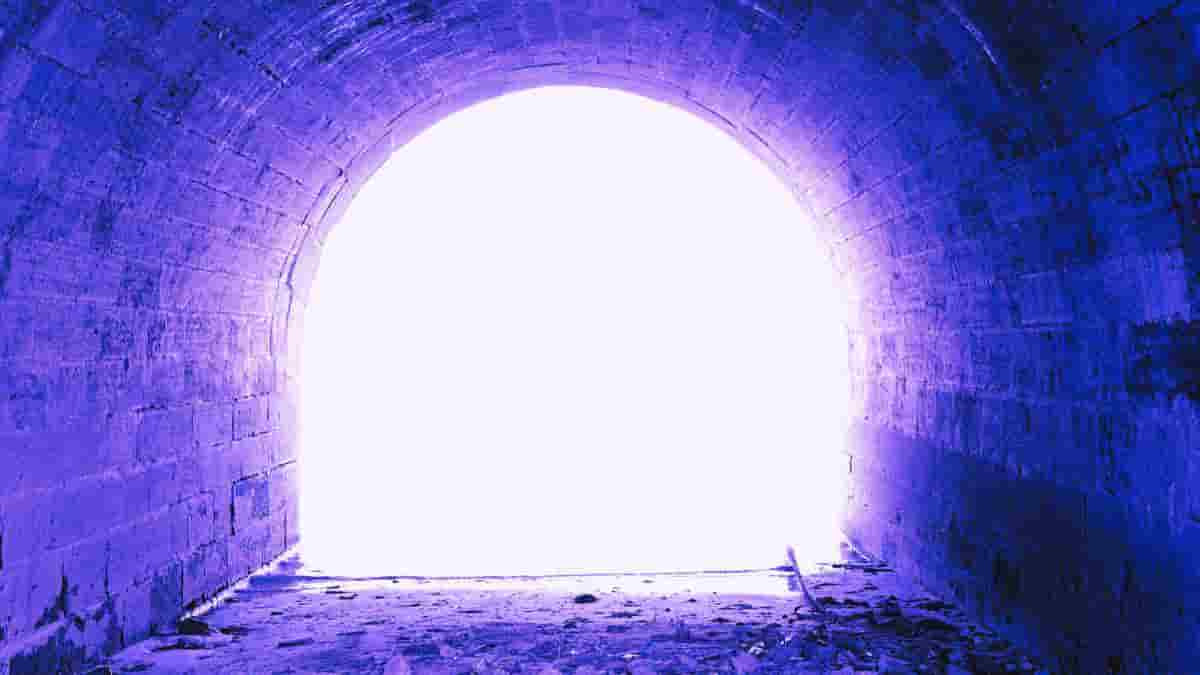A new study provides evidence that consciousness in the dying brain is associated with an increase in activity. The paper is a follow-up to animal studies conducted nearly ten years ago in collaboration with George Mashour, M.D., Ph.D., the founding director of the Michigan Center for Consciousness Science. It is led by Jimo Borjigin, Ph.D., associate professor in the Departments of Molecular & Integrative Physiology and Neurology, and her team.
You may have heard stories about near-death experiences involving white light, visits from departed loved ones, and hearing voices, among other things.
The fact that these accounts have so many similarities begs the question of whether there is something fundamentally real underpinning them, and whether those who have survived death are providing glimpses of a consciousness that does not completely vanish even after the heart stops beating.
A Neuroscience Paradox
Similar signatures of gamma activation were recorded in the dying brains of both animals and humans following a loss of oxygen following cardiac arrest in the new study.
“How vivid experience can emerge from a dysfunctional brain during the process of dying is a neuroscientific paradox. Dr. Borjigin has led an important study that helps shed light on the underlying neurophysiologic mechanisms,”
said Mashour.
The team identified four patients who died in the hospital due to cardiac arrest while being monitored by EEG. The four patients were all comatose and unresponsive.
They were eventually determined to be beyond medical help and were removed from life support with their families permission.
Gamma Wave Activity
When the ventilator support was removed, two of the patients experienced an increase in heart rate and a surge of gamma wave activity, considered the fastest brain activity and associated with consciousness.
Furthermore, activity was detected in the brain’s so-called hot zone of neural correlates of consciousness, which is the junction between the temporal, parietal, and occipital lobes. In other brain studies, this area has been linked to dreaming, visual hallucinations and out-of-body experiences during epilepsy, and altered states of consciousness.
These two patients had previous reports of seizures, but no seizures in the hour before their deaths, according to Nusha Mihaylova, M.D., Ph.D., a clinical associate professor in the Department of Neurology who has been collecting EEG data from deceased patients under ICU care with Dr. Borjigin since 2015.
The other two patients did not experience the same increase in heart rate or increased brain activity after being removed from life support.
Hidden Consciousness
Because of the small sample size, the authors advise against making broad statements about the findings’ implications. They also point out that it is impossible to know what the patients went through in this study because they did not survive.
“We are unable to make correlations of the observed neural signatures of consciousness with a corresponding experience in the same patients in this study. However, the observed findings are definitely exciting and provide a new framework for our understanding of covert consciousness in the dying humans,”
she said.
Larger, multicenter studies involving EEG-monitored ICU patients who survive cardiac arrest could provide critical information about whether these bursts in gamma activity are evidence of hidden consciousness, even near death.
Reference:
- Xu, Gang et al. Surge of neurophysiological coupling and connectivity of gamma oscillations in the dying human brain. Proceedings of the National Academy of Sciences (2023). DOI: 10.1073/pnas.2216268120
